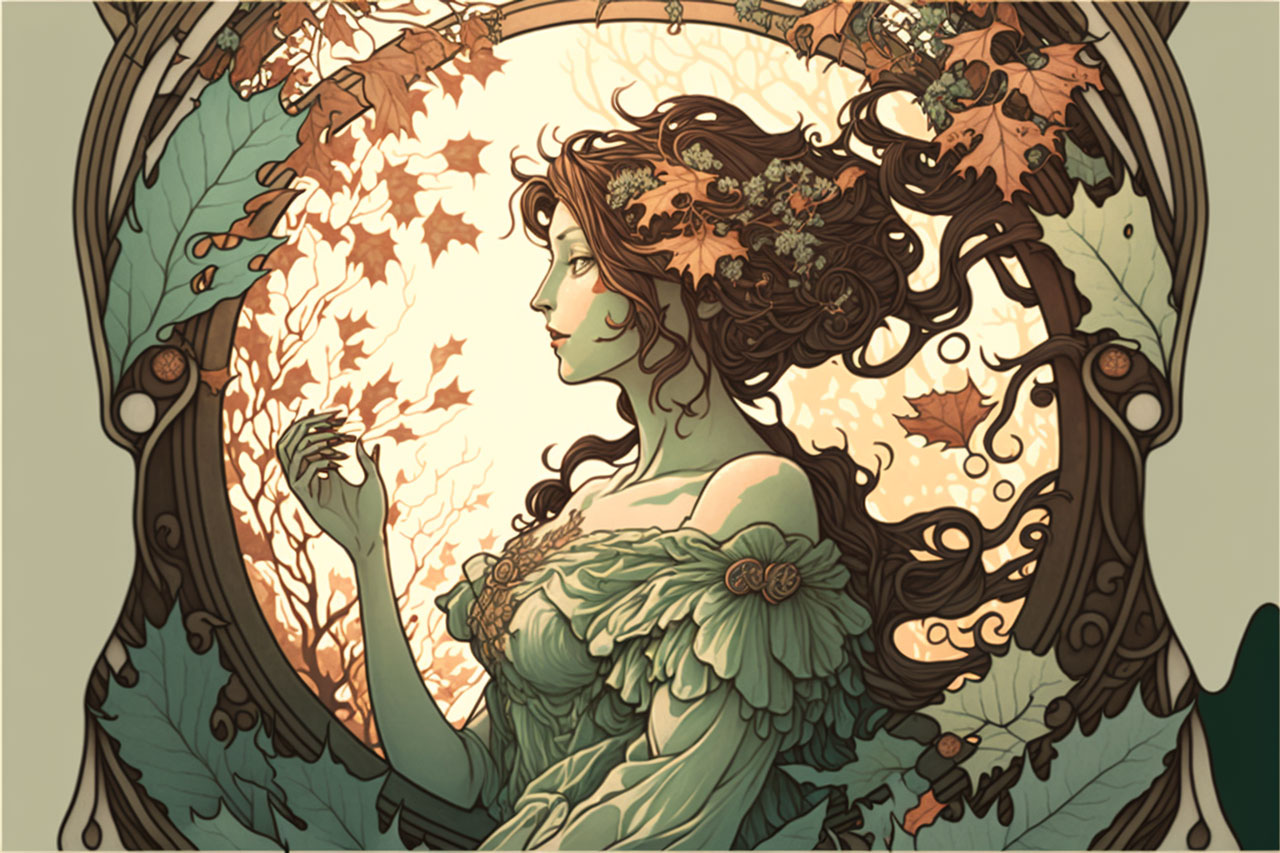The Emergence of Art Nouveau

Art Noveau is probably one of the least-understood periods in Art History, and much of its significance can be traced to its early origins and emergence. As with most revivals, Art Nouveau was a reaction against the industrial and mass production of the industrial revolution. With its emphasis on natural organic forms, it was a way for art to return to the simplicity and elegance of handcrafted items.
The term Art Nouveau was coined in 1895 by the critic Louis Leroy, who wrote that the term was “a stylistic genre” and not “an art movement.” This term was later used to describe the style of the designer Emile Gallé. Gallé’s designs are often considered to be the first pieces of Art Nouveau furniture and were popular among the upper classes. In France, the style was first referred to as Jugendstil and was practiced by a number of designers like Gustav Klimt. In England, the style was first called “The New Art.” In Belgium, it was referred to as the “Third Style,” and in Germany it was called “The New French Style.”
The style of Art Nouveau spread throughout Europe and became highly popular in both the decorative and fine art fields. It is often associated with the Arts and Crafts Movement, though there are significant differences in the two movements. Art Nouveau was not primarily focused on producing handmade or custom items but instead emphasized mass-produced products and their ability to achieve beauty through simplicity. In contrast, Arts and Crafts emphasized handcrafted items that were produced with great care and attention.



The most significant aspect of Art Nouveau design was the celebration of nature. While industrialization and urbanization had created a great divide between human and nature, Art Nouveau sought to reconcile the two and bring them together through art. The use of nature in art and decoration was a way to bring about harmony. Art Nouveau art and design also sought to improve the lives of humans by bringing nature into everyday life. Art Nouveau sought to make beauty accessible to everyone, and thus it became a form of mass-produced beauty for all classes.
In many ways, Art Nouveau was a reaction to industrialization and the rise of capitalism. The industrial revolution and its mass production of goods resulted in an emphasis on quantity over quality. This created a disparity between the haves and the have nots. The use of nature in art and design was a way to bring people closer to nature and thus bring about harmony between people and the earth.
The primary forms of Art Nouveau are characterized by natural organic shapes. It is also marked by sinuous curves and other fluid designs that are meant to convey movement. The use of natural materials like wood, stone, and ceramics was a means to create pieces that were harmonious with nature. The use of natural forms also emphasized the idea of rebirth and regeneration, which was a response to the rapid urbanization brought on by industrialization. The industrial revolution had brought about massive cities and had torn humans away from their natural environment, resulting in an emphasis on artificiality and unreality. The use of organic shapes and natural materials was a way to bring nature back into life and re-establish harmony between humanity and the earth.
The use of nature was a way to bring about beauty for all.

Recent Comments